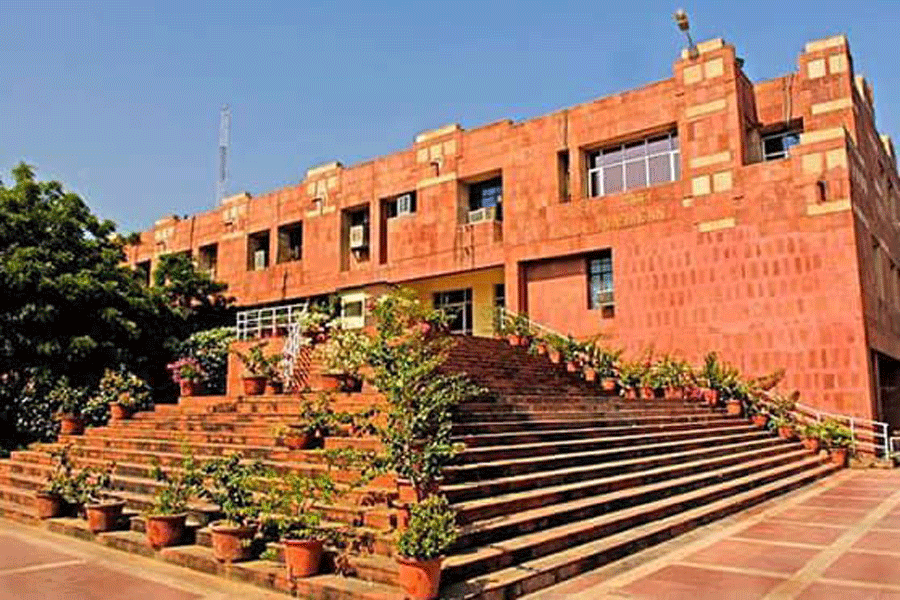Aizawl, July 8: Steps have been taken to ensure that the next cyclic bamboo flowering (mautam) in 2007 does not turn out to be a tragedy like the previous one in 1959, said Mizoram environment and forest minister R. Lalthangliana. He was speaking at the release of a documentary film Chhiatna Aiah Malsawmna (Blessing rather than Calamity) today at the information and public relations conference hall.
He said, ?We are making efforts to make sure that the cyclic bamboo flowering, which had caused indescribable catastrophe in Mizoram, will turn into a blessing.?
Produced by Bamboo Flowering and Famine Combat Scheme, the making of the documentary was taken up by the state and is directed by joint director, Khawvelthanga.
It investigates how the 1959 bamboo flowering brought Mizoram to famine, which subsequently led to insurgency.
Laldenga?s Mizo National Famine Front (MNFF) formed in the aftermath of the previous bamboo flowering, accused the then Assam government, under which Mizoram was a district council area, of refusing to supply sufficient rice to the famine-ravaged Mizoram.
The state government had, therefore, come up with a scheme for five years beginning from 2004, under which nearly Rs 600 crore had been allocated. Rs 20 crore was sanctioned last March for the year 2004-05, which had been allocated to 13 government departments.
Apart from the environment and forests department, which received a lion?s share of the funds, other departments that have received funds under the scheme includes food and civil supplies and health.










